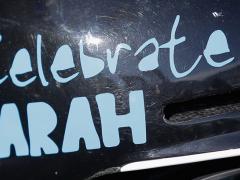Competition Format
Olympic skeleton events consist of four runs timed electronically to .01 seconds.
The four runs are contested over two days and the winner is determined by the aggregate time of the four runs.
If athletes complete the competition in a tie they are awarded the same place.
Start order
For the games in 2014 a new system for allocating starting positions was introduced.
The top ranked athlete in the world can chose their starting number, followed by the second ranked athlete and continuing until all athletes have selected their number.
The starting order in each run is
1st race heat: from 1 to the end
2nd race heat: from 20 to 1 and from 21 to the end, according to the ranking of the first race heat
3rd race heat: from 1 to the end, according to the ranking after two race heats
4th race heat: from 20 to 1, according to the ranking after three race heats







